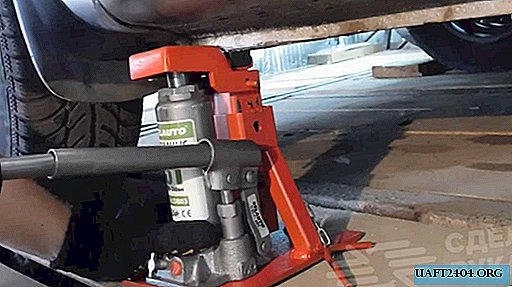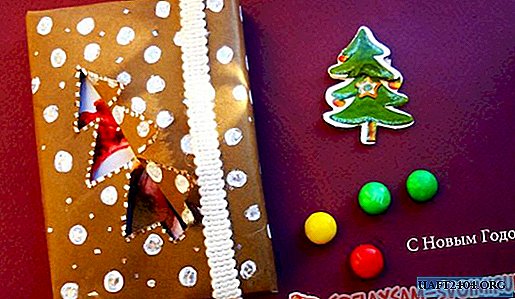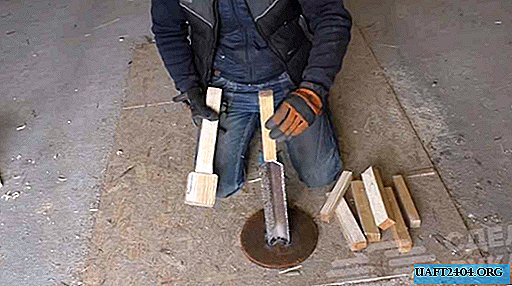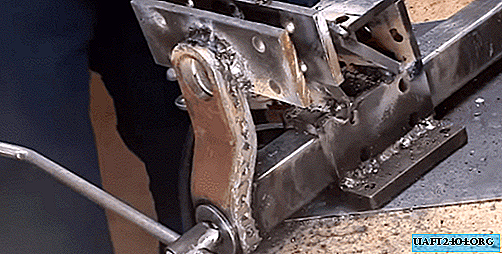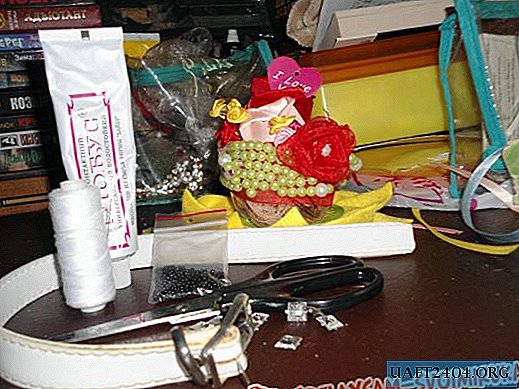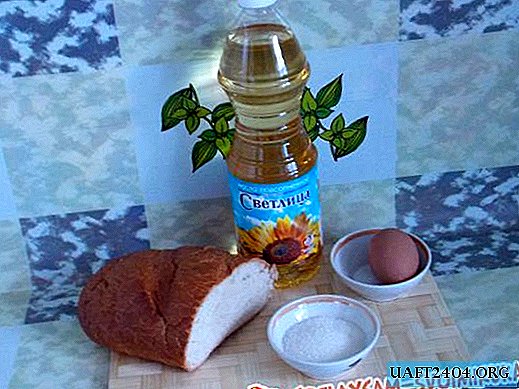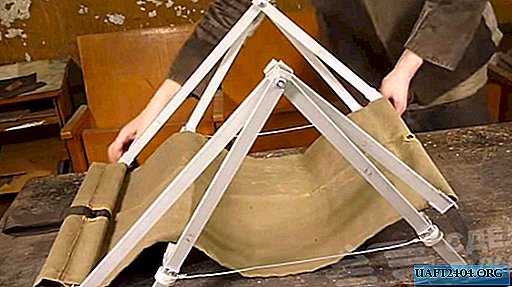Share
Pin
Tweet
Send
Share
Send
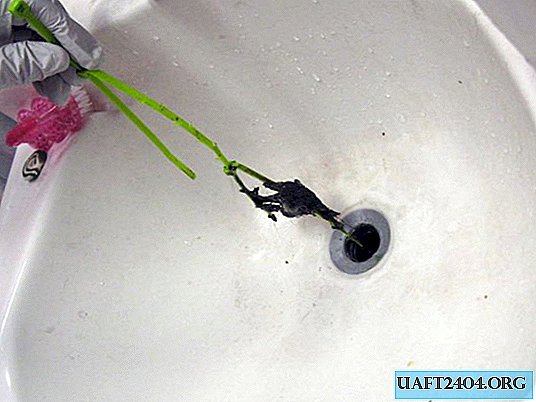
Materials and tools:
- nylon ties 3 pcs.;
- nippers or an assembly knife;
- gloves.

Manufacture
First of all, you need to connect 3 screeds to get a sufficiently long device for access to inaccessible places of discharge. To do this, the end of one clamp is brought into the castle of another.

On the bottom screed of the obtained chain, you need to make notches, as in the photo. They are applied on both sides at an angle of 30-45 degrees. The depth of the cuts should not exceed more than half the width of the clamp so that it does not break or come off. In the absence of good nippers, cuts can also be made with the blade of an assembly knife.

The resulting notches need to be bent to the side to get protruding spines. In this case, the right spikes bend in one direction, and the left in the opposite.


How to use
Before using the device, it is better to wear household or medical gloves. The device drops into the drain side with spikes. Having reached the required depth, where the passage of the instrument is complicated, they need to be driven in circular motions, as well as immersed and pulled out with a small amplitude. The spikes of the device clinging to the hair present in the drain, grab it with you, so after removing the tool, clogging clumps will remain on it.


Periodically, the screeds must be pulled out and cleaned. Each time, they should be immersed deeper to capture as much hair as possible from the blockage. After catching all the shreds, you should check how much the rate of water discharge has improved. The tool itself can be thrown into the trash, because if you need to re-clean the sink it is easy to make other hooks. Usually screeds are sold in packs of 100 and cost a penny, so cleaning the blockages without repeated costs will turn out for years. If you do not want to manually remove shreds from spikes, you can spend more time making several devices and after clogging one use a new one.

Original article in English
Share
Pin
Tweet
Send
Share
Send


